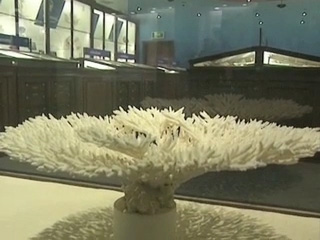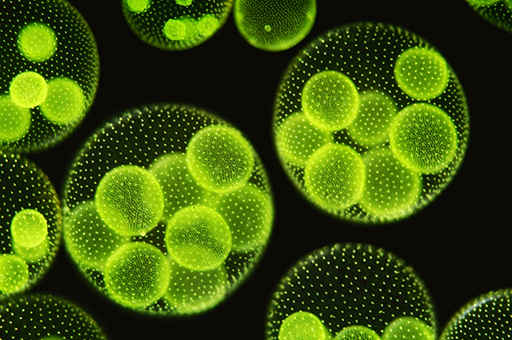1.2 Investigating flagellates
Dr Gianfranco Novarino is working on flagellates that occupy a very unusual ecosystem deep in the ground at Cape Cod, an organically contaminated aquifer – an underground water-bearing rock. It is, as he describes, a very basic ecosystem and probably one that you would not have thought of. Can you think why studying such ecosystems is important?

Transcript
Investigating flagellates
Activity 1
You now know something of the role of microscopic organisms in marine and aquatic ecosystems. What roles can you suggest that they might have in terrestrial ecosystems?
Answer
Microscopic organisms have a variety of essential roles in terrestrial ecosystems. Examples you might have thought of include decomposing organic material, fixing nitrogen from the atmosphere and providing food for other organisms. Bacteria and other microorganisms are part of food chains in the soil. For example, important predators of soil microorganisms are nematode worms which are very tiny, about 1.0 mm in length.

